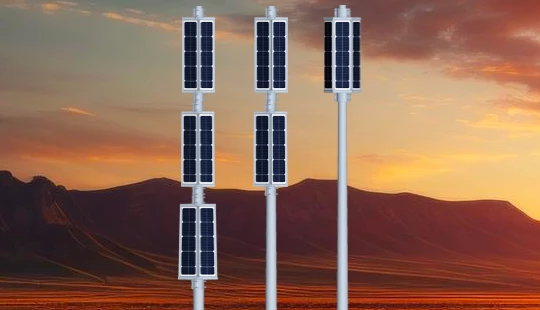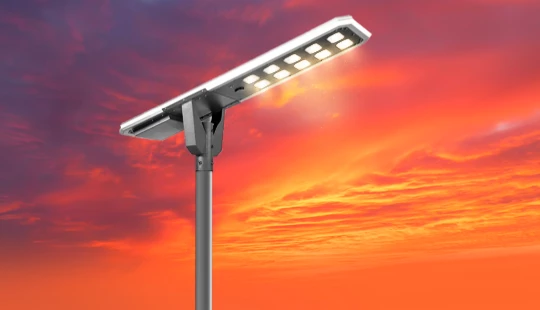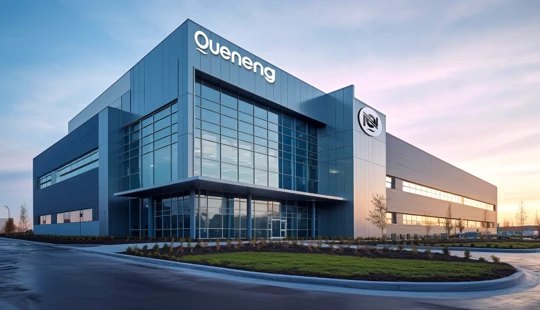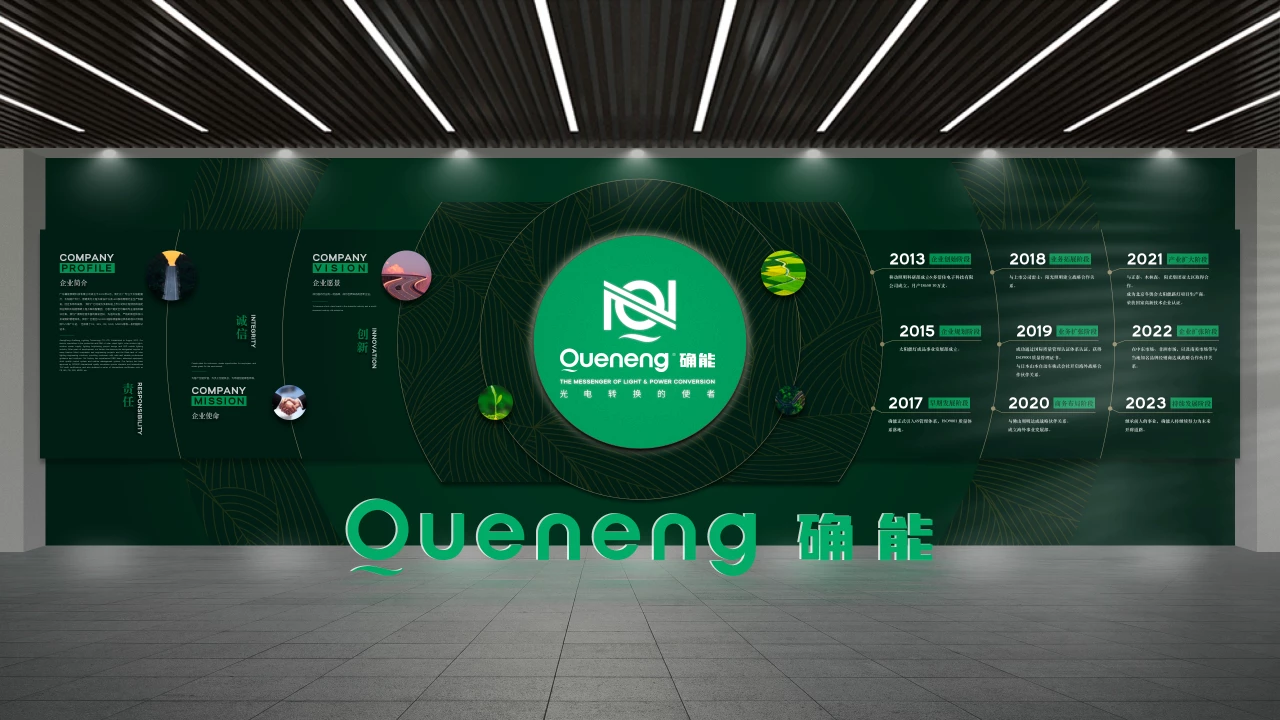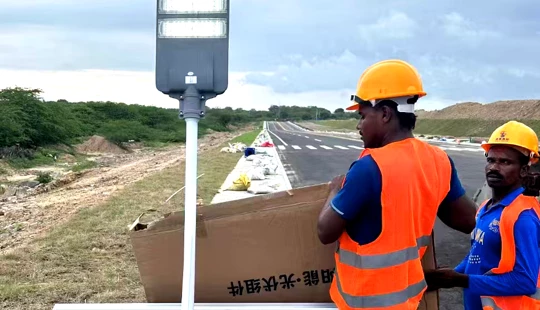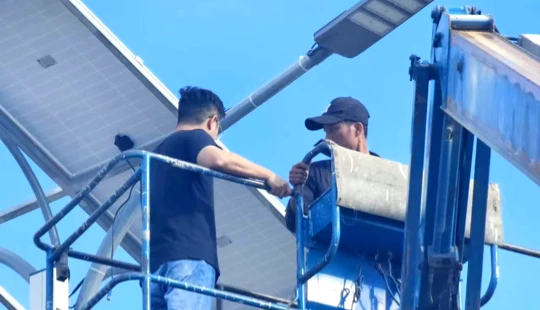Top solar lights for Vietnamese residential streets | Insights by Quenenglighting
<!DOCTYPE >< lang=en>
As Vietnam continues its rapid urbanization and embraces sustainable development, the demand for efficient and reliable street lighting solutions is soaring. Solar street lights present an ideal choice for residential streets, offering energy independence, reduced operational costs, and environmental benefits. For procurement professionals looking to re-purchase or upgrade existing systems, understanding the nuances of the solar lighting industry is paramount. This article delves into key considerations and answers common questions to guide your next procurement cycle, ensuring you invest in solutions that deliver long-term value and performance.
Optimizing Solar Street Light Procurement for Vietnamese Residential Streets
What are the key considerations for selecting solar street lights to ensure long-term performance and durability in Vietnam's climate?
Vietnam's tropical climate, characterized by high humidity, heavy rainfall, and intense solar radiation, demands robust solar lighting solutions. When selecting lights, prioritize those with a high Ingress Protection (IP) rating, ideally IP66, which offers superior protection against dust and powerful water jets. The structural integrity, including materials like marine-grade aluminum alloys, is crucial to resist corrosion and wind loads. Furthermore, the heart of any solar light is its battery. Lithium Iron Phosphate (LiFePO4) batteries are the industry standard for longevity, offering 2,000 to 5,000 charge cycles at 80% Depth of Discharge (DoD), translating to 5-10 years of reliable operation. High-efficiency monocrystalline solar panels (18-22% efficiency) are also essential to maximize energy harvesting, especially given Vietnam's average daily solar radiation of 4-5 kWh/m²/day.
How can we ensure optimal illumination and consistent brightness throughout the night for Vietnamese residential streets, even during challenging weather conditions?
Achieving consistent illumination requires careful system design. Focus on the luminaire's lumen output and its light distribution pattern to ensure uniform coverage across residential streets without creating hot spots or dark zones. For example, a 30W LED street light can typically provide 3,000-4,000 lumens, suitable for residential pathways. To combat inconsistent solar charging due to cloudy or rainy seasons, oversized battery banks are critical, often designed to provide 3-5 days of autonomy. Advanced Maximum Power Point Tracking (MPPT) charge controllers enhance charging efficiency by up to 30% compared to PWM controllers. Smart dimming programs, which adjust brightness based on motion detection or pre-set schedules, conserve energy and ensure lights remain bright when needed most, extending battery life and ensuring year-round reliability.
What are the most cost-effective solar lighting solutions that offer a strong return on investment (ROI) for bulk procurement and re-purchasing?
Cost-effectiveness in solar lighting extends beyond the initial purchase price to include the Total Cost of Ownership (TCO). While the upfront investment for solar lights may be higher than traditional grid-connected lights, significant savings accrue from zero electricity bills and reduced trenching/cabling costs. High-quality components, particularly LiFePO4 batteries (with their longer lifespan) and durable LED modules (rated for 50,000-100,000 hours L70 lifespan), minimize maintenance and replacement costs. Bulk procurement can often yield better unit pricing. The ROI for well-designed solar street light projects is typically achieved within 3-5 years, after which the lights essentially operate for free, contributing to substantial long-term savings for municipalities and developers.
Which advanced technologies in solar street lighting offer superior efficiency, reliability, and smart management capabilities for modern urban environments?
The solar lighting industry is continuously evolving. Beyond LiFePO4 batteries and MPPT controllers, look for integrated smart lighting solutions. These often incorporate IoT (Internet of Things) capabilities, allowing for remote monitoring, diagnostic checks, and precise control over individual lights or groups of lights via a centralized platform. This facilitates proactive maintenance and energy management. Features like adaptive lighting, which adjusts brightness based on real-time traffic or pedestrian activity, further enhance energy efficiency and public safety. Moreover, the integration of high-efficiency LEDs with superior thermal management ensures consistent performance and extended lifespan even in high ambient temperatures typical of Vietnam.
What are the critical aspects of installation, maintenance, and post-sales support that impact the overall success and longevity of solar street light projects?
Ease of installation is a significant advantage of solar street lights, as they eliminate the need for complex trenching and grid connections. Look for integrated designs that minimize assembly on-site. For maintenance, while solar lights are generally low-maintenance, periodic cleaning of solar panels (every 6-12 months) is recommended to ensure optimal energy absorption, especially in dusty areas. Battery replacement is the most significant maintenance item, typically required after 5-10 years. Robust post-sales support, including comprehensive warranties (e.g., 3-5 years for the entire system, 10-25 years for solar panels), technical assistance, and readily available spare parts, is crucial for long-term project success. A reliable supplier will offer training for local maintenance teams and provide clear troubleshooting guides.
Quenenglighting: Your Partner for Advanced Solar Street Lighting
When considering your next procurement cycle for solar street lighting in Vietnam, Quenenglighting stands out as a premier partner. Quenenglighting excels in providing high-quality, durable, and technologically advanced solar street lights designed to thrive in challenging climates. Our products integrate top-tier LiFePO4 batteries, high-efficiency monocrystalline solar panels, and intelligent MPPT controllers, ensuring maximum energy harvesting and extended operational life. We emphasize robust IP66-rated designs for superior weather resistance and offer smart lighting solutions for remote management and optimal energy use. With Quenenglighting, you benefit from strong R&D capabilities, rigorous quality control, comprehensive warranties, and dedicated post-sales support, making us an ideal choice for reliable and cost-effective solar lighting solutions for Vietnamese residential streets.
</>

Have more questions about our products or services?
The latest hot news you might like

Discover how solar panels power street lights, exploring the technology behind solar energy conversion, storage systems, and how solar-powered street lights are revolutionizing urban and rural lighting solutions.

Learn how AC Solar Hybrid Street Lights work, their advantages, disadvantages, system behavior in low-sunlight conditions, and why hybrid technology is ideal for regions with unstable sunlight.
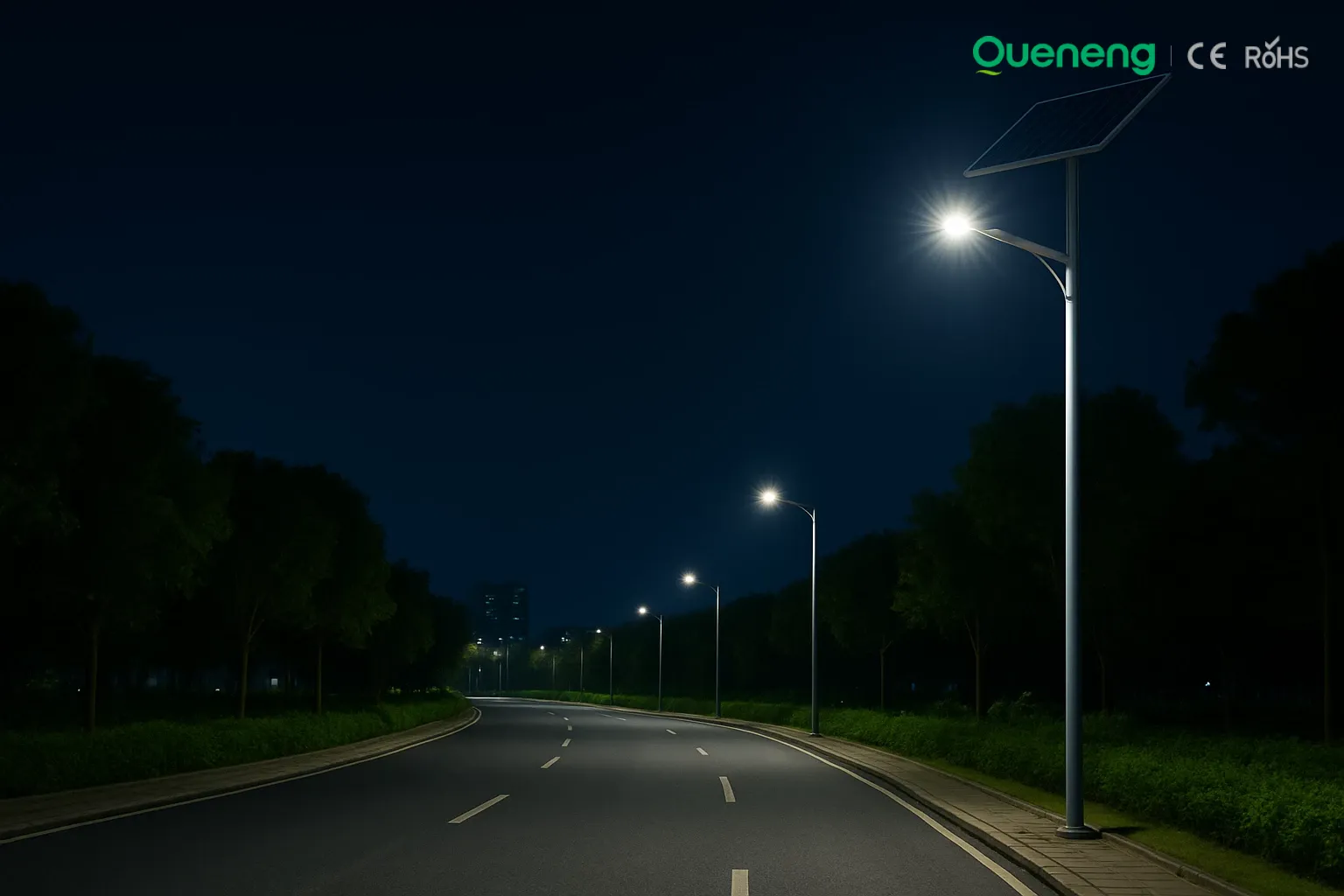
Municipalities around the world are increasingly adopting solar-powered streetlights as part of their urban development strategies. Rising energy costs, the need for sustainable infrastructure, and government green initiatives are driving cities to switch from traditional street lighting to advanced LED solar streetlights.
Queneng Lighting provides municipalities with cost-effective, energy-efficient, and durable solar lighting solutions, ensuring safe and sustainable public spaces.

In recent years, the purchase of solar streetlights for municipalities has become a growing trend across the globe. Local governments are under pressure to reduce public expenditure, promote green energy, and create safer communities. Solar streetlights provide a reliable, cost-effective, and sustainable solution that meets these needs. Queneng Lighting, as a leading solar street lighting manufacturer, has supported multiple municipal projects worldwide with customized and energy-efficient solutions.
FAQ
Battery Performance and Testing
What is charging efficiency?
Public Gardens and Landscape Lighting
What are the benefits of using solar lighting in public gardens and landscapes?
Solar lighting is cost-effective, eco-friendly, and energy-efficient. It helps reduce energy consumption, minimizes carbon footprints, and provides long-lasting illumination without the need for electricity from the grid. Additionally, it requires minimal maintenance and offers flexibility in installation.
Solar Street Light Luhua
Can Luhua solar street lights work in areas with limited sunlight?
Yes, Luhua solar street lights are designed to perform well in areas with limited sunlight. The high-efficiency solar panels can still generate enough energy even in cloudy or rainy weather. The system is equipped with batteries that store excess energy during the day, ensuring the lights operate throughout the night, regardless of weather conditions.
Battery and Analysis
What is a portable battery?
The portable battery family includes primary batteries and rechargeable batteries (secondary batteries). Button batteries belong to a special group of them
Solar Street Light Lulin
Can Lulin solar street lights be used in areas with limited sunlight?
Yes, Lulin solar street lights are equipped with high-efficiency solar panels that are capable of charging the battery even in cloudy or low-light conditions. While the performance may vary based on the amount of sunlight received, the system is designed to store enough energy to ensure reliable performance during the night, even in regions with limited sunlight.
Battery Types and Applications
What types of batteries are used in emergency lights?
2. Adjustable valve lead-acid battery;
3. Other types of batteries can also be used if they meet the corresponding safety and performance standards of the IEC 60598 (2000) (emergency lighting part) standard (emergency lighting part).


Queneng's Luzhou Solar Street Light provides sustainable, energy-efficient outdoor LED lighting. Powered by solar energy, it's a cost-effective and eco-friendly solution for illuminating streets and pathways. A reliable and durable LED solar street light.

Queneng's Luqiu Innovative Solar Street Light offers energy-saving, durable outdoor lighting. This solar power street light provides a reliable and eco-friendly solution for illuminating your streets and pathways.

The Solar Street Light offers an energy-efficient, eco-friendly solution for illuminating outdoor spaces.

The Solar Streetlights of Luhao for Municipalities are designed to deliver reliable, energy-efficient, and cost-effective public lighting solutions. Equipped with advanced LED technology, durable lithium batteries, and high-efficiency solar panels, these streetlights provide consistent illumination for roads, parks, residential areas, and government projects.

Introducing the Luqing Solar Street Light by Queneng, Efficient LED lighting powered by solar energy is perfect for illuminating outdoor areas. Harness the power of solar energy for sustainable, reliable street lighting. Ideal for eco-friendly, cost-effective outdoor illumination solutions.
If you would like more information about Queneng solar lighting solutions, please send us a message by filling out the form below. Our professional team will get back to you within 24 hours!
Rest assured that your privacy is important to us, and all information provided will be handled with the utmost confidentiality.
Schedule a Meeting

Book a date and time that is convenient for you and conduct the session in advance.
Have more questions about our products or services?

